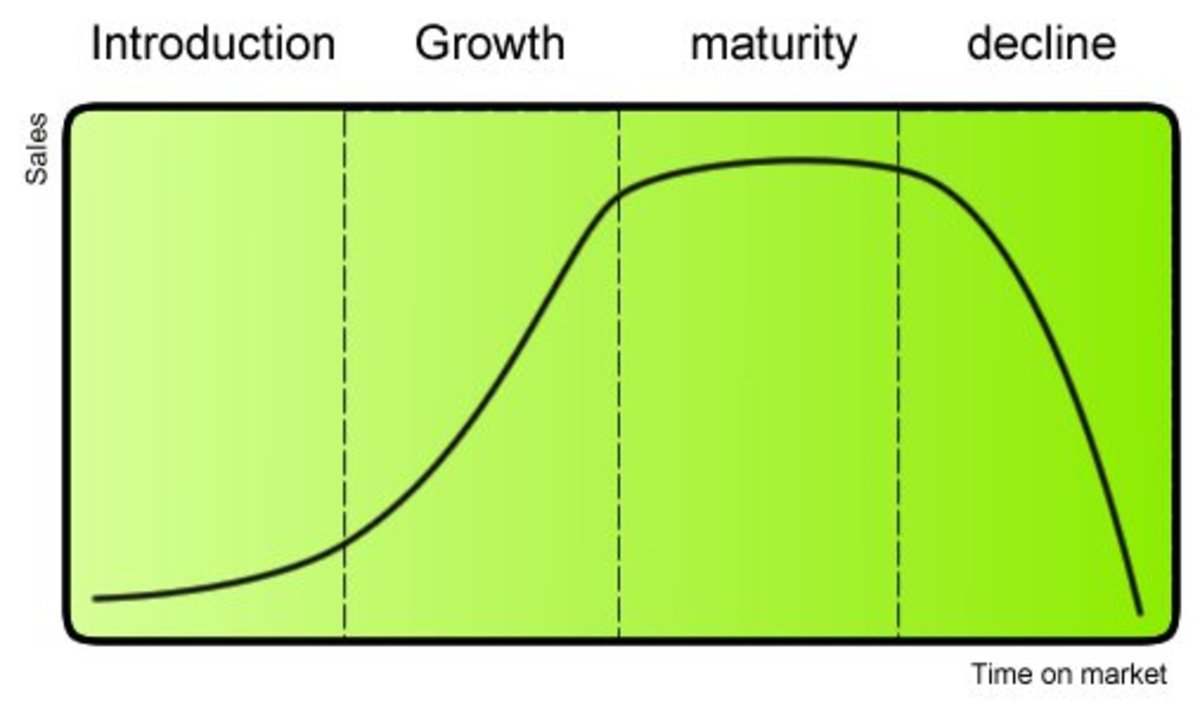- HubPages»
- Technology»
- Communications»
- Smartphones
RIP Nokia & Symbian
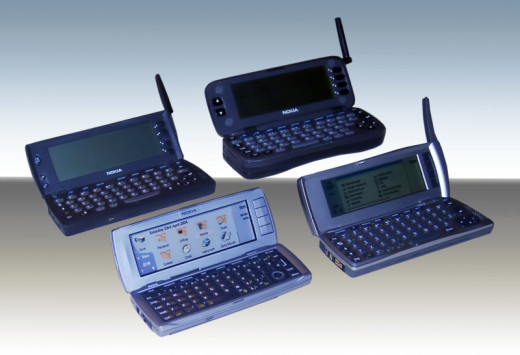
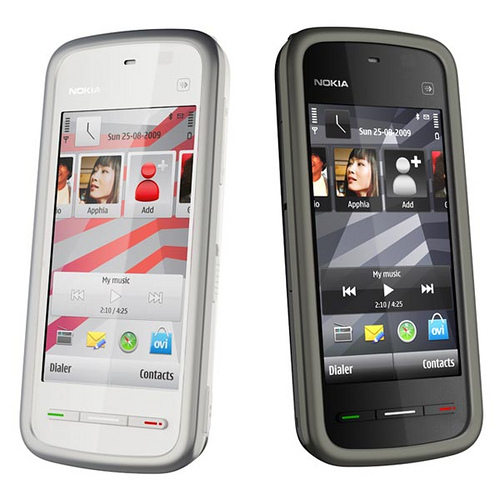
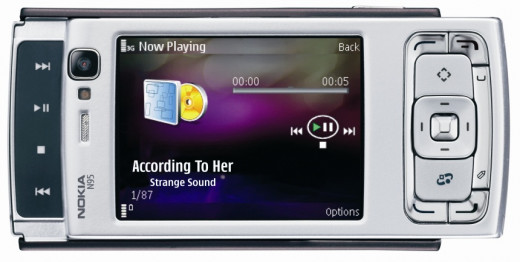
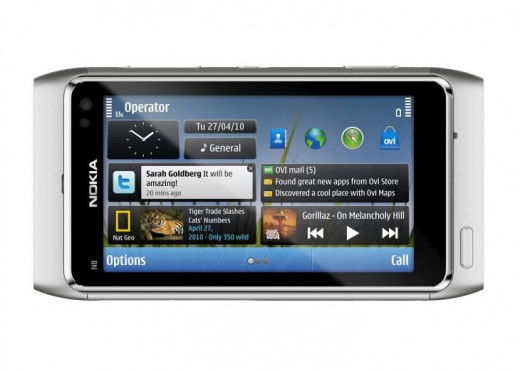
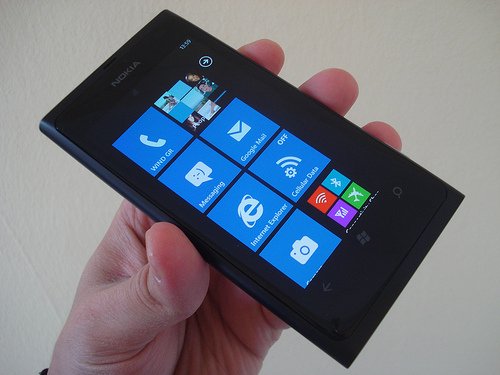
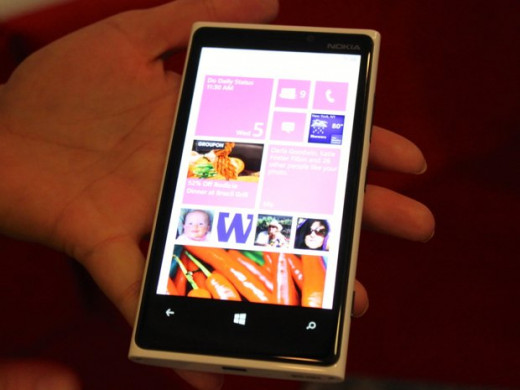
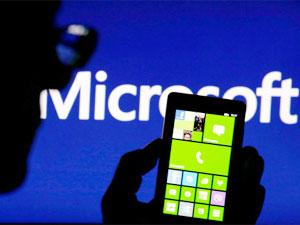
Indeed, Nokia's story in the smartphone market is a fascinating one, and it involves various factors that led to its decline. While Nokia was once a dominant force in the mobile industry, its inability to adapt to changing market trends and competition ultimately led to its downfall. Here are some key points that contributed to Nokia's decline:
-
Symbian OS: Nokia's early success was built on its Symbian operating system, which was a pioneer in mobile operating systems. However, as competitors like Apple's iOS and Google's Android entered the market with more user-friendly and innovative interfaces, Symbian began to lose its appeal.
-
Resistance to Change: Nokia was slow to embrace touchscreen technology and the app ecosystem, which became essential components of modern smartphones. While the Nokia N95 and other devices showcased innovative features, they were not enough to compete with the emerging touchscreen smartphone market.
-
Poor Leadership and Decision Making: Nokia's management failed to recognize the importance of software and the app ecosystem in the smartphone industry. Instead of focusing on enhancing Symbian or adopting Android (as many competitors did), they invested significant resources in trying to improve Symbian, leading to delays and disappointing results.
-
Microsoft Partnership: Nokia's decision to partner with Microsoft and adopt Windows Phone as its primary operating system was a risky move. The Windows Phone platform struggled to gain traction and was unable to compete effectively with Android and iOS, which had already established a dominant market position.
-
App Ecosystem: Nokia's limited app ecosystem compared to iOS and Android was a significant drawback. Developers were more inclined to create apps for platforms with a larger user base, which further hindered Nokia's ability to attract consumers.
-
Competition: As competitors like Apple and Samsung gained momentum, Nokia faced tough competition, especially in the high-end smartphone segment. Nokia's failure to keep up with the competition and deliver compelling flagship devices contributed to its decline.
-
Brand Perception: Nokia's brand image started to suffer as consumers perceived the company as being slow to innovate and failing to meet the demands of the modern smartphone market.
In 2014, Microsoft acquired Nokia's Devices and Services division, effectively ending Nokia's run as a major player in the smartphone market. While Nokia continues to exist as a brand, its significance in the mobile industry has diminished considerably.
The case of Nokia serves as a cautionary tale for companies in rapidly evolving industries – it highlights the importance of agility, innovation, and strategic decision-making in staying competitive and relevant.




